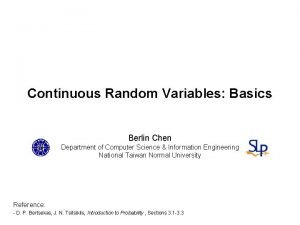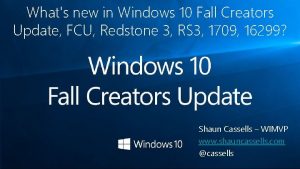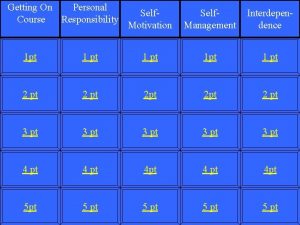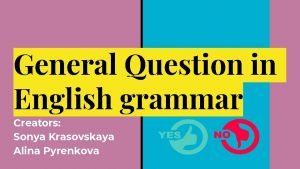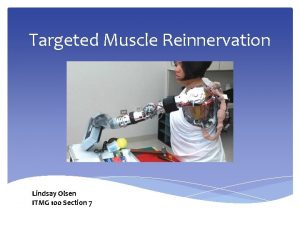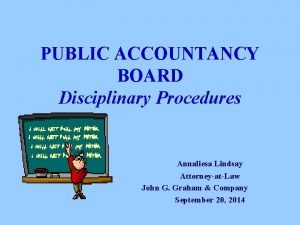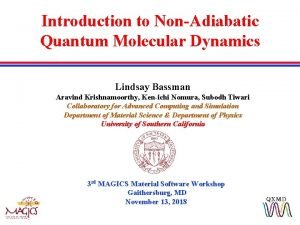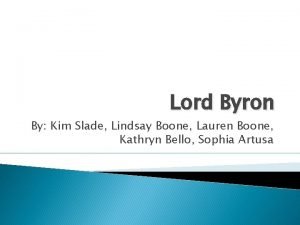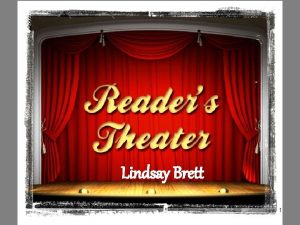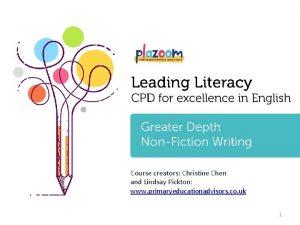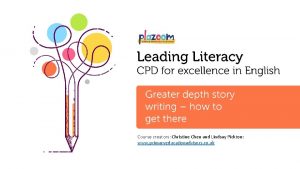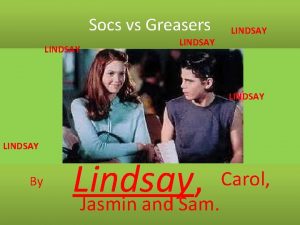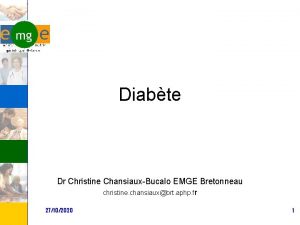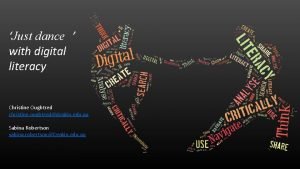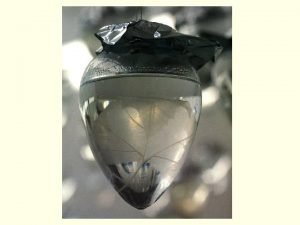Course creators Christine Chen and Lindsay Pickton www















- Slides: 15

Course creators: Christine Chen and Lindsay Pickton: www. primaryeducationadvisors. co. uk 1

Enjoy and immerse: Model text Formative Assessment _ _ _ } Capture and organise: New content Collaborative composition (including both shared writing and children’s writing) Independent application 2

Formative Assessment Capture & organise: Enjoy & immerse: Charlie and the Try-Out Cinderella } Collaborative composition APPLY 3

Formative Assessment Capture & organise: Enjoy & immerse: Charlie and the Try-Out Cinderella } Collaborative composition APPLY 4

Formative Assessment Capture & organise: Enjoy & immerse: Charlie and the Try-Out Cinderella } Each of these lessons has the same structure: 1. VGP focus 2. Shared writing 3. Children apply _ _ _ } Collaborative composition Charlie and the Try-Out APPLY 5

Collaborative composition lesson suggested structure: 1. Play with the language focus 2. Collaborative Composition: Model application of the language focus in writing Children begin to apply the language focus orally and perhaps on mini whiteboards 3. Children write, applying the language focus in their versions of the same story Mini-plenaries throughout, checking the language focus Repeat for all sections/chapters of the collaborative composition 6

Collaborative composition Charlie and the Try-Out - Chapter 1 1. Play with adverbials for when and why 2. Collaborative Composition: Model application of when and because in writing Children begin to apply when and because orally and perhaps on mini whiteboards 3. Children write, applying when and because in their versions of the same story Mini-plenaries throughout, checking when and why adverbials 7

Collaborative composition lesson Charlie and the Try-Out – Chapter 2 1. Play with dialogue that shows character 2. Collaborative Composition: Model application of dialogue that shows character in writing Children begin to apply dialogue that shows character orally and perhaps on mini whiteboards 3. Children write, applying dialogue that shows character in their versions of the same story Mini-plenaries throughout, checking dialogue that shows character 8

Collaborative composition lesson Charlie and the Try-Out – Chapter 3 1. Play with adverbials for how and where 2. Collaborative Composition: Model application of adverbials for how and where in writing Children begin to apply adverbials for how and where orally and perhaps on mini whiteboards 3. Children write, applying adverbials for how and where in their versions of the same story Mini-plenaries throughout, checking adverbials for how and where 9

10

One recipe for the gradual release into indepedence 1. Have the first sentence pre-written and on display. It’s great if that sentence exemplifies the language focus 2. Model write the next sentence, articulating thinking about word choices – especially around application of the focus 3. Take contributions in a small way at first: “what word/ phrase would work here to describe…” 4. Move them into finishing a sentence you have started 5. Then tell them what the next sentence should be about, and what VGP skill in particular you want them to apply; take oral contributions 6. Repeat the last step, but ask them to write the sentence (eg on mini-whiteboards) Repeat for all sections/chapters of the collaborative composition 11

From whole-class to exercise books: managing the transition 1. Ensure that they are not challenged with both content and new skills: if you want to see applied skills, make sure the content is familiar 2. Check pencils/ pens are ready to write before the lesson begins 3. Consider ways of getting the title and date down before the teaching begins 4. Ban all forms of eraser unless it is a final draft 5. “Yes you may … , once you’ve written __ sentences. ” 6. Leave the shared writing on display…for __ minutes 7. “Whisper your first sentence to your partner before going back to your desk. ” “Who’s written a great first sentence they’re prepared to share? ” 12

Access and Deepening: Challenge and support during whole class shared writing 1. Cut-aways: use ongoing assessment (orally and miniwhiteboards) to assess understanding of the focus skill, and release children to the ir own writing accordingly. 2. Trail-blazers: children you know can already use today’s focus skill get on with their writing independently, but they must use that skill; (10) mins, they will show their work to the class; as the class move on to their own writing, you hang on to the trail-blazers and teach them what they need next. 3. Af. L-led: following a reminder of the focus skill/s, every child gets on independently, while you move briskly around, assessing relative achievement. Then you pull identified children to you for (10) mins shared writing at the appropriate level; and then another group at a different level, and maybe even a third group. 13

National Curriculum Pupils should understand, through being shown these, the skills and processes that are essential for writing: thinking aloud to explore and collect ideas, drafting, and re-reading to check their meaning is clear, including doing so as the writing develops. Pupils should be taught to monitor whether their own writing makes sense in the same way that they monitor their reading… 14

Thank you! Christine Chen and Lindsay Pickton: www. primaryeducationadvisors. co. uk 15
 Picktona
Picktona Chen chen berlin
Chen chen berlin Fall creators update whats new
Fall creators update whats new Uml creators
Uml creators Who are the three creators of money in the united states?
Who are the three creators of money in the united states? Creators spend as much time as possible in quadrant
Creators spend as much time as possible in quadrant John was busy yesterday evening
John was busy yesterday evening Course title and course number
Course title and course number Lindsay waste disposal
Lindsay waste disposal Lindsay olsen singer
Lindsay olsen singer Annaliesa lindsay
Annaliesa lindsay Lindsay bassman
Lindsay bassman Jim lindsay ipswich
Jim lindsay ipswich She walks in beauty theme
She walks in beauty theme Lindsay kiely
Lindsay kiely Lindsay brett
Lindsay brett

